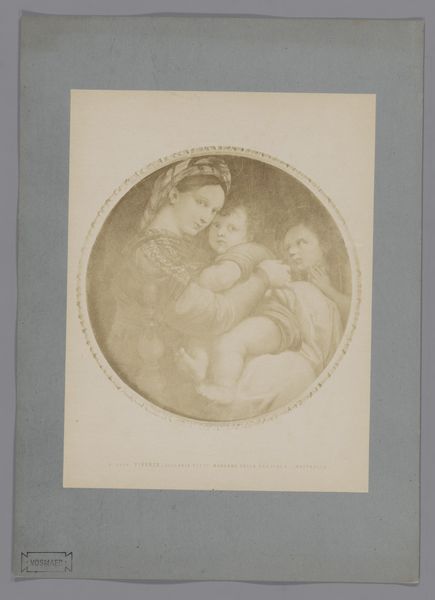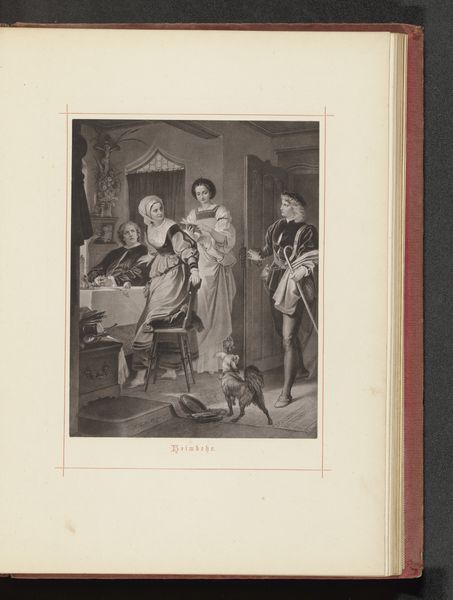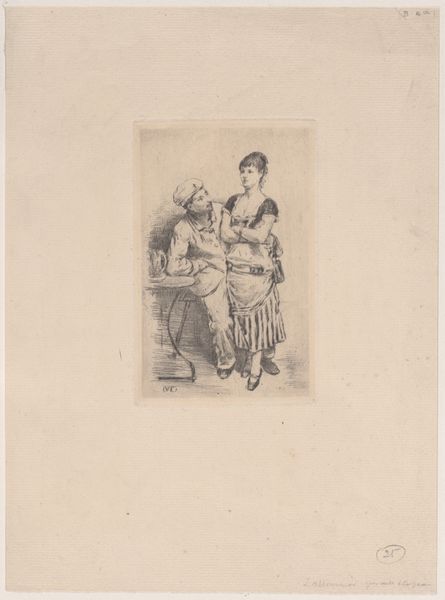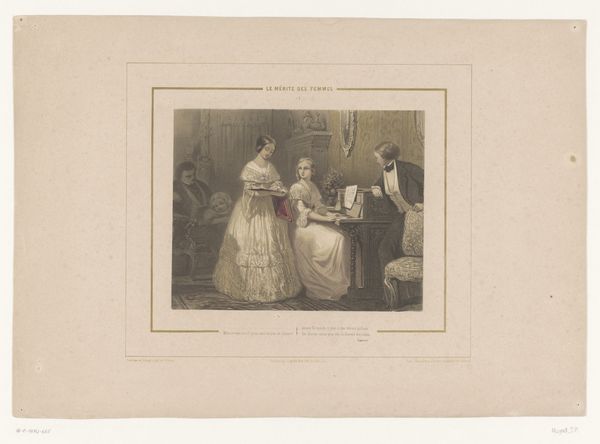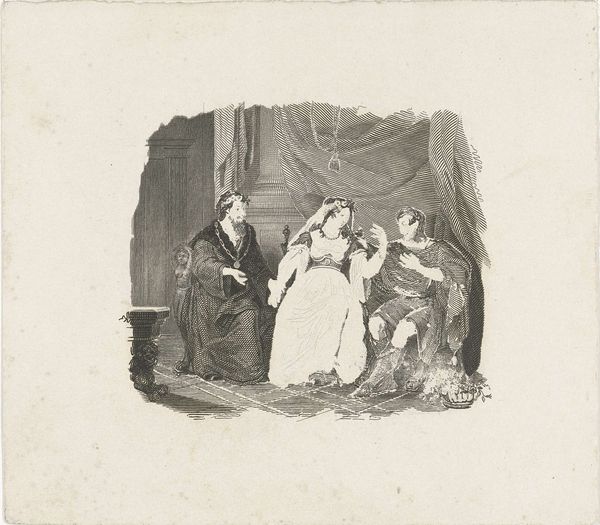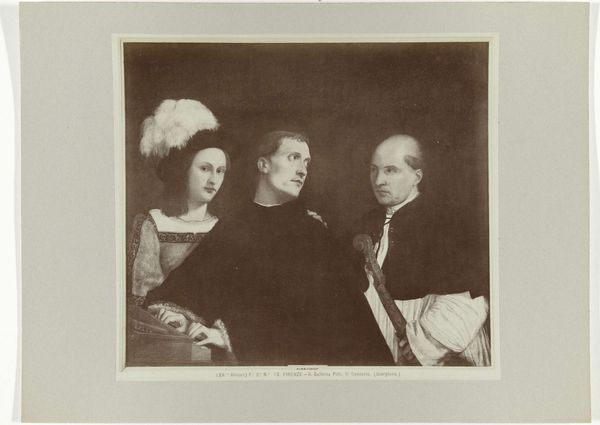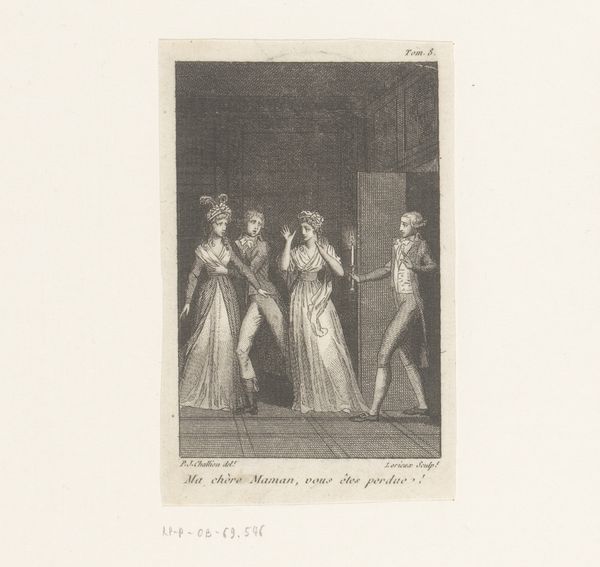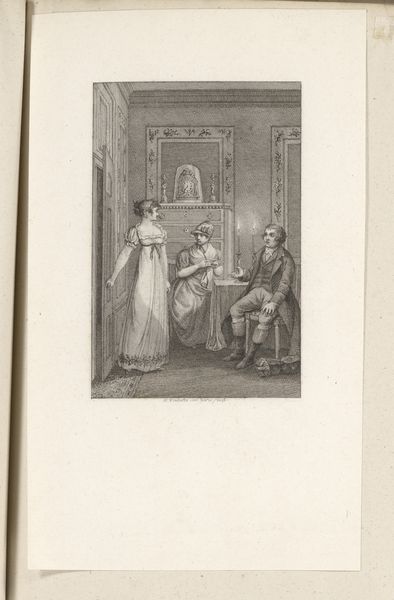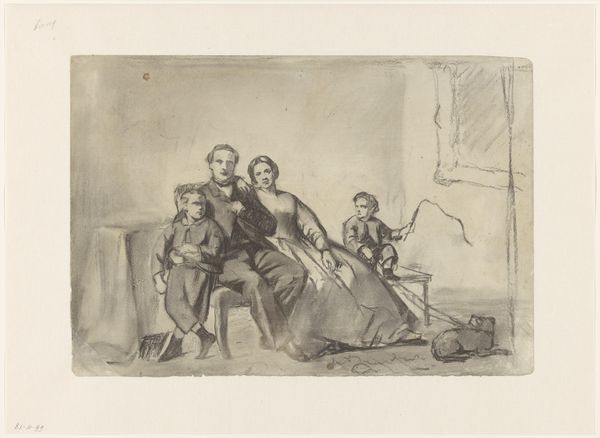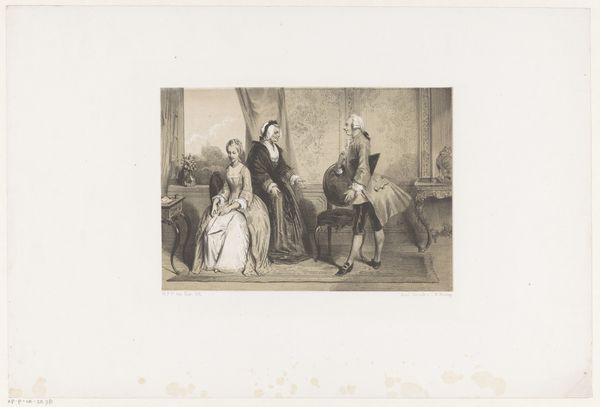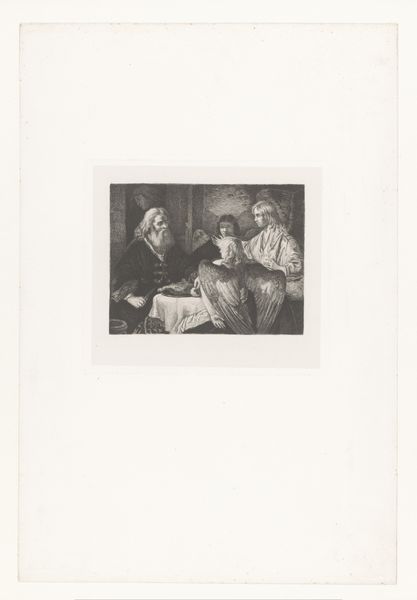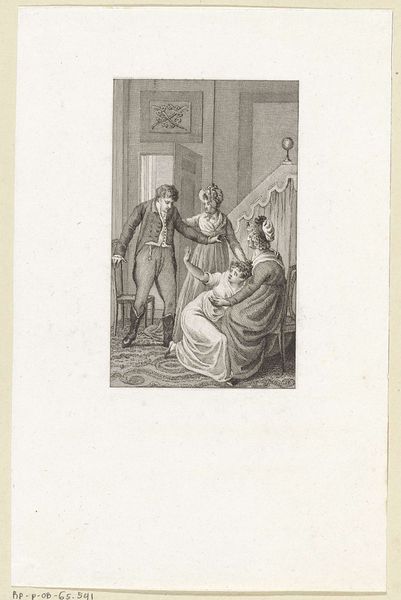
Fotoreproductie van het schilderij Un Concerto door Giorgione in de Galleria Palatina te Florence, Italië 1857 - 1900
0:00
0:00
print, photography, gelatin-silver-print
#
portrait
# print
#
11_renaissance
#
photography
#
gelatin-silver-print
#
italian-renaissance
Dimensions: height 196 mm, width 226 mm, height 257 mm, width 359 mm
Copyright: Rijks Museum: Open Domain
Editor: This is a photograph from between 1857 and 1900 by Fratelli Alinari, titled "Photographic reproduction of the painting Un Concerto by Giorgione." It’s a gelatin silver print of a painting showing three figures, and it's interesting to see how photography interprets the textures of the original. What’s your take on this particular reproduction? Curator: It's fascinating to consider this photograph as a form of early art historical documentation, but also as a creative act in itself. What stories might be embedded within this photographic representation? How does it change the way we understand the relationship between painting, reproduction, and cultural dissemination in the late 19th century? Think about the power structures implicit in who gets to represent whom, and for what purpose. Editor: So it's not just about accuracy, but about the act of interpretation itself? Curator: Precisely. What was Fratelli Alinari trying to convey by choosing this particular painting, and by rendering it in this way? What did access to art mean at this historical juncture? We should explore the questions it provokes regarding artistic agency and the cultural contexts that determine value and meaning, rather than thinking about fidelity. Editor: It reframes the original. It encourages a dialogue on the hierarchies in art and reproduction. It's definitely not a neutral act, is it? Curator: Exactly. Editor: Thanks! I am certainly viewing photographs of art differently. Curator: Likewise. Every image bears the weight of history and intent; we simply need to ask the right questions to uncover them.
Comments
No comments
Be the first to comment and join the conversation on the ultimate creative platform.
